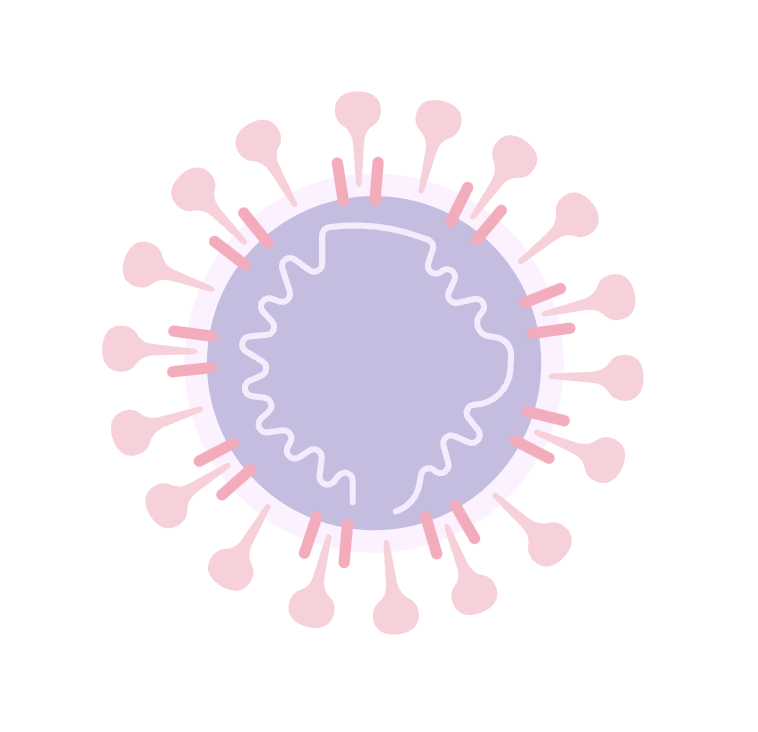The sharing of techniques for protease inhibitor testing aims to improve the accuracy, reproducibility, and efficiency of the experiment. Here are some key tips and suggestions:
1. Accurately select inhibitors
Specificity: Ensure that the selected protease inhibitor has high specificity for the target protease, avoiding unnecessary inhibition of non target proteases.
Purity: Choose high-purity inhibitors to reduce the impact of impurities on the test results.
2. Optimize experimental conditions
Temperature: Determine the optimal reaction temperature based on the activity characteristics of the target protease.
PH value: Adjust the pH value of the reaction system to the optimal range of the target protease.
Ionic strength and buffer: Select appropriate buffer and maintain appropriate ionic strength to stabilize protease activity.
3. Accurately control the concentration of inhibitors
Concentration gradient: Set multiple inhibitor concentration gradients to determine the optimal inhibitory effect.
Pre experiment: Preliminary screening of suitable inhibitor concentration range through pre experiment.
4. Strict experimental procedures
Aseptic operation: Strictly follow the aseptic operation procedures when handling biological samples and reagents to prevent microbial contamination.
Accurate measurement: Use precise measuring tools (such as pipettes) for sample addition and dilution operations to ensure consistency in each experiment.
5. Diversified detection methods
Colorimetric method: Quantitative detection of protease activity using the color change produced by the reaction between a specific substrate and protease.
Fluorescence method: using fluorescently labeled substrates to monitor protease activity through changes in fluorescence intensity. This method has high sensitivity and is suitable for detecting low concentrations of proteases.
Electrophoresis method: Observe the cleavage of substrates by proteases through electrophoresis techniques such as SDS-PAGE, and visually display the inhibitory effect.
6. Data analysis and validation
Statistical analysis: Conduct statistical analysis on data from multiple repeated experiments, calculate indicators such as mean and standard deviation, to evaluate the reliability and stability of the experimental results.
Cross validation: Use different combinations of proteases and inhibitors for cross validation to confirm the universality of the experimental results.
7. Pay attention to experimental safety
Personal protection: Wear appropriate personal protective equipment (such as lab coats, gloves, goggles, etc.) when handling samples or reagents that may contain harmful substances.
Waste disposal: Properly dispose of waste according to laboratory regulations to prevent harm to the environment and human health.
8. Experimental records and document management
Detailed recording: Record in detail each step of the experiment, reagent dosage, reaction conditions, and observed phenomena for subsequent data analysis and result verification.
Document management: Properly store and manage experimental records, data analysis reports, and other related documents for easy access and auditing.
In summary, the success of protease inhibitor experiments depends on the combined effects of multiple factors. By applying techniques such as precise selection of inhibitors, optimization of experimental conditions, strict experimental procedures, adoption of diverse detection methods, and attention to experimental safety and record management, the accuracy and reliability of protease inhibitor testing can be significantly improved.
Share on:
Facebook
Twitter
Pinterest
WhatsApp
Recent posts
We recommend


